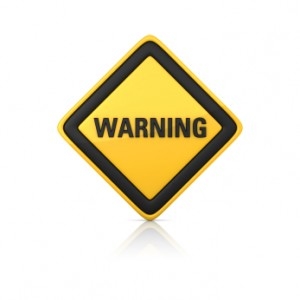The Foundation’s S.M.A.R.T.® and Seminar Programs are off to a good start and already making significant gains in primary stroke education and prevention in the first quarter of 2017. So far, 12 different seminars have been conducted across Los Angeles and Orange County, resulting in the education of 605 people, 457 of which were screened for stroke risk.
S.M.A.R.T.® has been working heavily as well, and already four different schools have partnered with the program to bring stroke education to over 500 students in Biomed and Health Classes. On Tuesday March 7, 2017, Cheryl Ming gave her testimony as a stroke survivor to over a hundred students in Mrs. Bochove and Mr. Davenport’s Biomedical classes at Warren High School in Downey. Cheryl had been the victim of a brain stem stroke in 2001 which left her with a very debilitating condition known as Locked-In-Syndrome, in which the sufferer becomes physically trapped by their body due to the damage of the Pons in the brain stem. With much work, Cheryl was able to overcome her condition and now moves and speaks and is the holder of over 3 degrees including a Master’s in Public Health. Cheryl is currently an intern teaching Health and Human Sexuality at Long Beach City College and has hopes of landing a job where she can use her talents. In her spare time she likes to spend time with her two children, and the students at Warren High were captivated by her powerful testimony. See the pictures below of Mr. Davenport’s class where Cheryl and the S.M.A.R.T.® Staff presented to the students.
